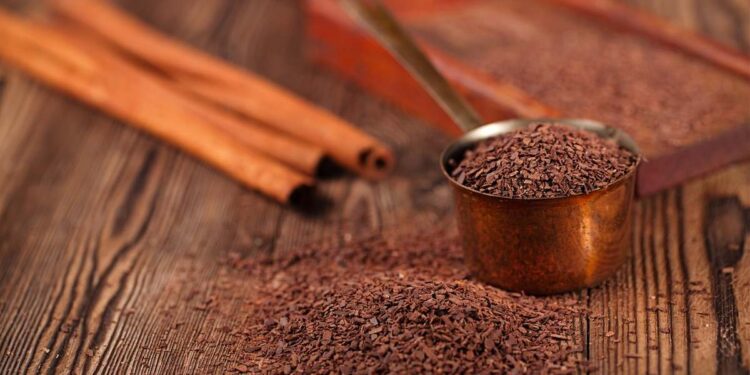The most bullish raw material of this year continues to break records. Cocoa is leading the increases in basic resources, far ahead of the rest: the price of the bean has risen 126% so far this year and has just surpassed $9,000 per ton for the first time in history. This meteoric rally originates from the poor prospects for crops in Ivory Coast and Ghana, two countries responsible for almost 60% of the world’s cocoa supply, and the outlook for the future is not positive. The price increase has led the agricultural resource to surpass, for the first time since 2003, the prices of one of the most coveted industrial metals at the moment due to its importance in the development of electric vehicles and charging networks: copper.
Just in March, cocoa price futures have increased by 50%. The poor harvest in West Africa continues to be relentless, with plantations in Ivory Coast and Ghana, which account for more than 55% of the global supply, suffering adverse weather conditions for the harvest, as well as a disease that is deteriorating bean production. In this context, the price continues to rise, to the point that it has surpassed $9,000 per ton for the first time in history.
With an annual price increase of over 126%, cocoa leads the ranking of the most expensive raw materials on the planet, by far: following it is gasoline, with an increase of 31% since the beginning of the year.
The increase in cocoa prices is being felt in the main food that uses it as a raw material: chocolate. Bloomberg analyst Diana Gomes warns that “chocolate prices will be even higher at Easter 2025 if the weather and plant diseases prolong the production deficit,” something that, for many analysts, is likely to continue happening.
The increases have been so aggressive that they have led cocoa to surpass copper prices for the first time since 2003. At that time, a huge copper surplus drove metal prices down below those of cocoa, but now the situation is the opposite: if at the beginning of the year a ton of copper was twice as expensive as a ton of cocoa, now the bean costs more than the metal.
Markets are watching to see how the mid-year cocoa harvest will turn out (the beans are harvested at two different times, with the summer harvest being the smaller of the two), and the outlook, as announced by Ivory Coast, is not positive. The short-term rally that cocoa is experiencing is being driven by physical buyers of the raw material, rather than speculators, as the number of contracts outstanding on the future of the raw material has continued to decline since January.
At the beginning of the year, copper cost more than double cocoa and the situation has reversed
In Europe, the problem is especially serious, with the cocoa price differential widening compared to US references due to the new regulation on certain raw materials adopted by the Union. According to the regulation, in 2025 cocoa beans sourced from “deforested land” cannot be sold, a requirement that is causing headaches for producers and contributing to increasing raw material prices in the Old Continent above the already meteoric increases.


